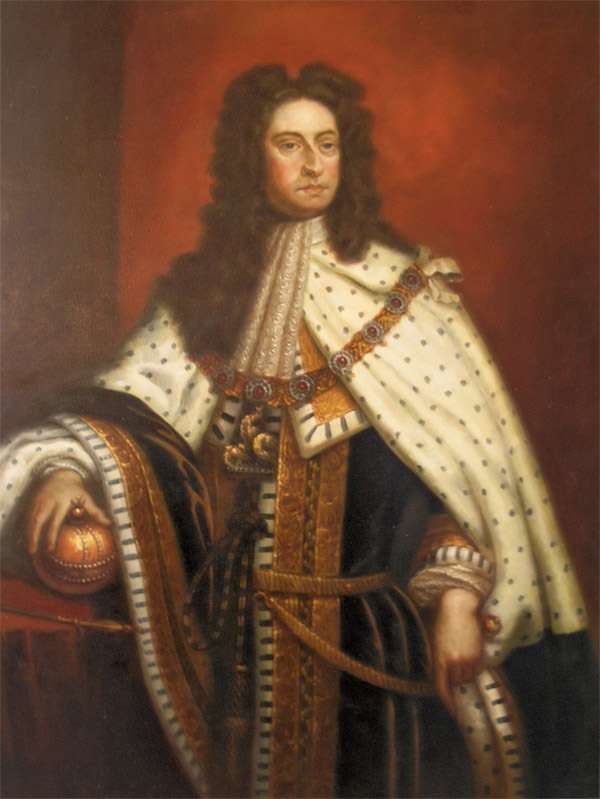Artifact: Warhol Goes to China

This looks a lot like a Godfrey Kneller portrait of William III painted in the 17th century, but it's actually a copy of Kneller painted the other day in a sweatshop in Dafen, China. The painter, who received less than $1 for the portrait, is one of thousands of artists who have converged on Dafen's many art factories, where they each paint up to 30 replicas during a 16-hour day. Dafen's output is sold in places such as Wal-Mart, which recently commissioned 50,000 copies made in China. London's Fulham Palace mounted a show of such canvases this year to call attention to "a shocking form of sweatshop labour."
If only Andy Warhol could have attended. In the 1960s, Warhol called his Manhattan atelier The Factory, declared that he wanted to become an art "machine," and made a theme of the mass reproduction of familiar images, from soup cans to the Mona Lisa.
Warhol, of course, was an ironist trying to subvert the status of art. There's nothing subversive about Dafen's factories, or its machine-like copyists. Yet China has outdone Warhol, dispensing with art's status entirely.
By the way, Dafen's copyists do the Mona Lisa, too, and some of them now copy contemporary Western painters. Maybe we'll soon have Chinese versions of Warhol's Mona Lisa silkscreens, thus dispensing with irony altogether.
